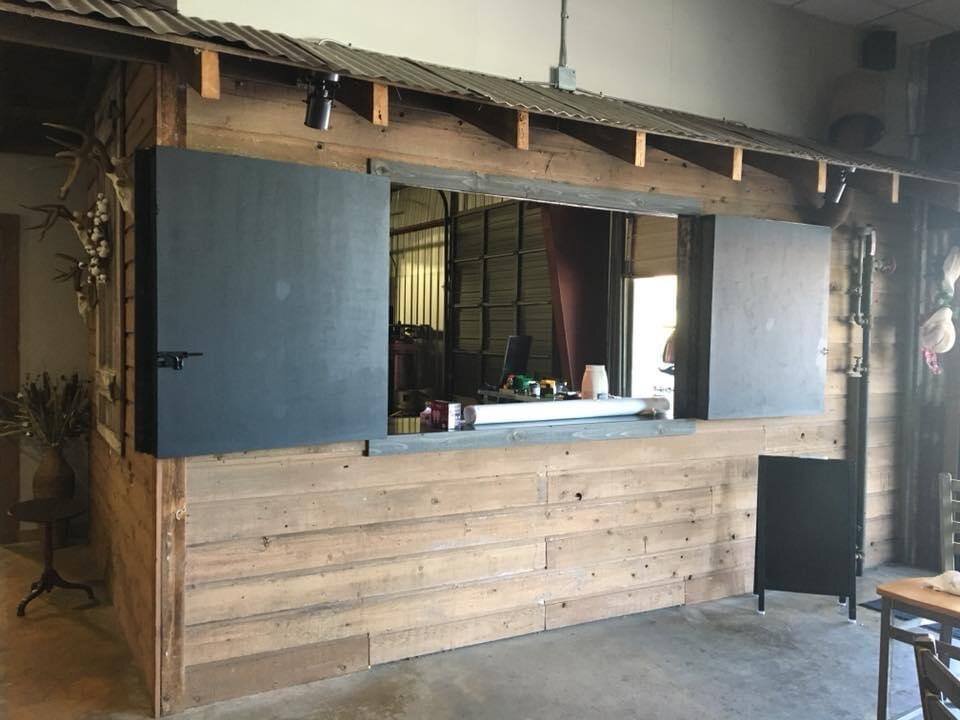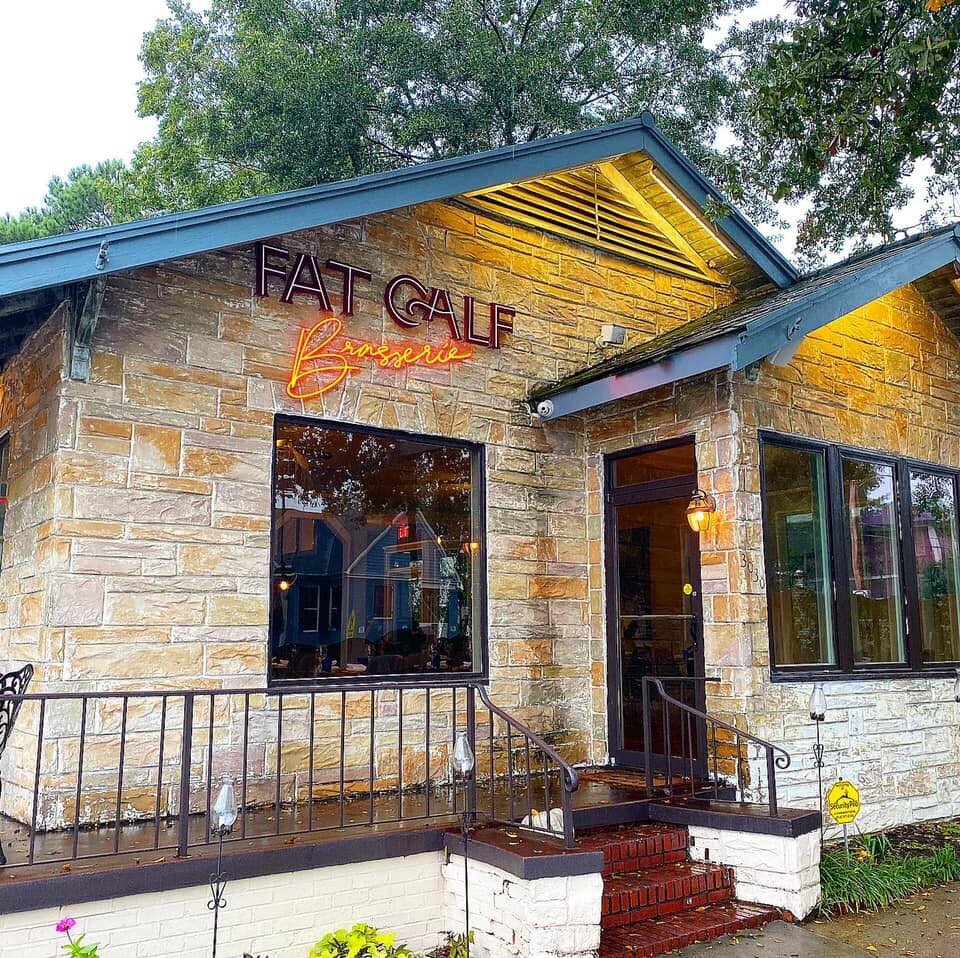Three key ingredients for growing your local restaurant scene
We’ve all heard it said that time is money. In the business and development community, the quicker a building is approved for construction and built, the quicker it can be sold or rented out.
But as I’ve observed in my own community of Shreveport, Louisiana, it’s not always just as simple as that.
For many local businesses, significant capital investments like a brick-and-mortar location can hurt the business if that process happens too quickly. Local businesses often need time to build a customer base and efficient business model to survive, make money, and ultimately make an impact in a community.
I talked to a local business owner in order to find some insight into this topic. Anthony Felan is owner and lead chef at Fat Calf Brasserie. It’s one of several local restaurants in Shreveport that have been able to grow from humble beginnings as food trucks or farmers market vendors into successful brick-and-mortar ventures. Anthony’s story sheds some light on how communities can cultivate local restaurants.
Anthony Felan hosts a meal for his Second Act Supper Club.
Anthony’s restaurant journey in Shreveport began at the popular Wine Country Bistro. He was able to learn under local restaurateur Jason Brady, and thrived in his position at the flourishing restaurant. Even so, he began to feel the itch of wanting to start his own venture. So, he started his side hustle—Second Act Supper Club. His club featured ticketed dinners held in various historic buildings around Shreveport. His dinners sold out consistently, and he soon realized he could make a living doing just one of these a month.
Anthony’s desire to keep evolving didn’t stop with Second Act; he saw his next opportunity when a local brewery was also looking to pivot. Red River Brewing, faced with a saturated local beer market with little room for large scale distribution, felt the need to rebrand as a restaurant and pub. The brewery was well connected in the community and realized that a food truck outside would be a perfect place to start. Fat Calf Boucherie was born out of a 40-foot trailer parked outside serving unique, casual food to hungry customers. Once again, his truck was a hit, and soon after opening he moved the trailer inside and made a unique restaurant front inside the brewery.



Earlier this year, in the middle of a pandemic, Anthony opened a brick and mortar location named Fat Calf Brasserie in a historic streetcar neighborhood. He once again built upon the Boucherie, highlighting the more upscale items on his menu. The success has been evident again, which makes me wonder what qualities led to his success.
Here are three things I learned from Anthony that helped him get to where he is today:
1. Flexible, adaptable commercial spaces.
One of Anthony’s biggest considerations in his pop-up dinner series and a brick and mortar location was the size and layout of his kitchen. The building that the brewery was in was the perfect size for his truck, and the warehouse-like building originally built to brew beer was also adaptable enough to run his business. Whether it’s a farmers market, kitchen incubator, or other space, a city’s physical spaces need to allow businesses to grow.
2. Strong social infrastructure.
Anthony couldn’t have built what he did without the strong social infrastructure supporting him in his new venture. In fact, when he opened his restaurant he didn’t need a bank loan; he relied on 50% personal financing and 50% from his friends and family. That says a lot in the restaurant industry—both about the people who support you and about your business idea. If you’re wondering how to support local food industries in your market, keep in mind the centrality of—and seek out tangible ways to broaden—the social infrastructure of your community.
3. Zoning and codes that enable food trucks and outdoor markets.
We’ve all heard horror stories about regulations and permits that made opening a food truck or other business difficult. However, in Anthony’s case, flexibility in allowing a food truck to be parked inside a building was one key to his success and his ability to grow the business. We talked for quite a while about how a trusting relationship with the planning staff benefited him. And without the food truck, Anthony said he wouldn’t have been able to have the community support and customer base to open and sustain his restaurant.
So the next time you evaluate the economy of your own community, take time to look at the little things as the keys to success. Instead of advocating for “shovel ready” sites on popular car routes, talk about the subtle importance of flexible spaces that can be sustained by the community. Cultivating a strong local economy in your community takes time—you just need the structure to help businesses grow and adapt one step at a time.
All photos are courtesy of Amanda Felan









